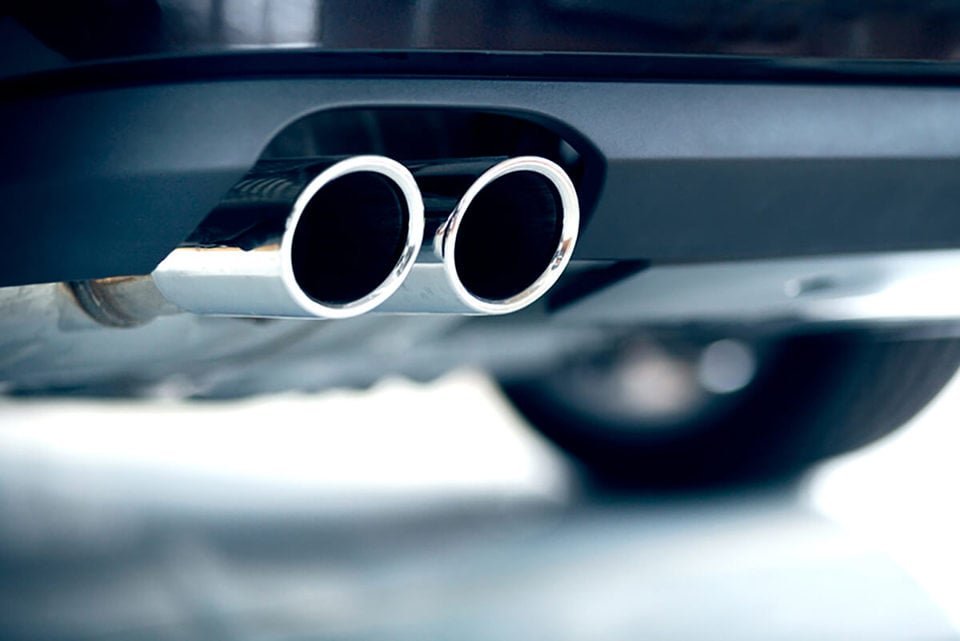A recent analysis by the RAC Foundation reveals a significant shift in the UK’s automotive landscape: for every 20 miles driven by car, one mile is now zero-emission. This milestone highlights the growing role of zero-emission vehicles, primarily battery-electric vehicles (BEVs) and a small number of hydrogen fuel cell cars, in reducing carbon emissions.
Rising Mileage of Zero-Emission Vehicles
By the end of 2024, zero-emission cars accounted for 3.8% of the national car fleet but contributed 5.3% of total car mileage. This figure is likely even higher when factoring in hybrid vehicles operating in electric mode, according to the RAC Foundation. The data, drawn from over 1.2 million MOT tests, underscores the increasing adoption of BEVs, particularly among fleet operators.
The RAC Foundation’s Green Fleet Index tracks progress toward a target of 37% zero tailpipe emission car mileage by 2030, a benchmark deemed necessary to meet carbon reduction goals without cutting overall driving distances. The growing share of zero-emission mileage is a promising step toward this objective.
BEVs Rival Diesels in Annual Mileage
The analysis also highlights a notable trend: new BEVs are now covering nearly as many miles annually as their diesel counterparts, traditionally the go-to choice for high-mileage drivers. In 2024, BEVs under three years old averaged 10,054 miles per year, compared to 10,728 miles for diesels of the same age. This marks a significant leap from a decade ago, when BEVs covered just 49% of the distance of diesels. Today, they achieve 94% of diesel mileage, reflecting their growing reliability and range.
Other vehicle types trailed behind. Plug-in hybrids (PHEVs) under three years old averaged 9,367 miles, while petrol cars averaged 7,585 miles. The overall average for cars under three years old was 8,460 miles.
Fleet Adoption Drives BEV Growth
The surge in BEV mileage is largely driven by fleet and business buyers, who are increasingly opting for electric vehicles over diesels. Steve Gooding, director of the RAC Foundation, noted, “Fully electric cars are starting to take over where diesel left off, offering a practical alternative in terms of range and cost per mile, bolstered by attractive tax incentives.”
This shift challenges the perception of BEVs as limited to short trips or secondary vehicles. Instead, they are becoming workhorses, particularly for fleet operators and drivers with high annual mileage.
A Decade of Progress
The RAC Foundation’s data illustrates the rapid evolution of BEV usage over the past decade:
Year | Petrol | Diesel | PHEVs | BEVs | All |
|---|---|---|---|---|---|
2024 | 7,585 | 10,728 | 9,367 | 10,054 | 8,460 |
2023 | 7,005 | 9,903 | 8,943 | 9,032 | 7,740 |
2022 | 6,496 | 9,635 | 9,202 | 8,588 | 7,372 |
2021 | 6,603 | 9,934 | 9,768 | 8,207 | 7,475 |
2020 | 6,994 | 10,982 | 10,626 | 9,035 | 8,066 |
2019 | 7,170 | 11,451 | 11,608 | 8,868 | 8,413 |
2018 | 7,175 | 11,577 | 11,497 | 7,856 | 8,665 |
2017 | 7,204 | 11,690 | 11,477 | 7,425 | 9,147 |
2016 | 7,286 | 11,795 | 11,057 | 7,350 | 9,477 |
2015 | 7,267 | 12,107 | 11,257 | 5,966 | 9,648 |
Source: RAC Foundation
A Bright Future for Electric Vehicles
Gooding emphasized the changing role of BEVs: “The perception of electric vehicles as second-car options for short trips is fading. They’re now being adopted by fleet buyers and high-mileage drivers, supported by the fact that newer cars, especially BEVs, tend to cover more miles than older ones.”
This trend aligns with broader efforts to decarbonize transportation. The recent reinstatement of government grants for new electric models further enhances their affordability, making them an increasingly viable option for both individual and fleet buyers.
As BEVs continue to close the mileage gap with diesels and gain traction in fleets, they are poised to play a pivotal role in achieving the UK’s carbon reduction targets by 2030.









